
Blood Clots and the Johnson & Johnson Vaccine
Curious about the Johnson & Johnson COVID-19 vaccine and blood clot risks? This article from Center for Vein Restoration explains the rare clotting condition linked to the vaccine, how it differs from common vein problems like varicose veins and venous insufficiency, and when to seek care for leg pain or swelling. Learn how CVR’s board-certified vein specialists diagnose and treat vein disease safely and effectively to protect your circulation and peace of mind.

From Blood Clot to Comeback: Victor Wembanyama’s DVT Story
NBA star Victor Wembanyama’s recovery from deep vein thrombosis (DVT) highlights that vein disease can affect anyone, not just older adults. In this medically reviewed blog, Center for Vein Restoration (CVR) explains the connection between DVT, varicose veins, and circulation health, and how minimally invasive vein treatments can restore comfort and mobility. His story is a reminder that healthy veins keep you moving—on the court, at work, and in life.
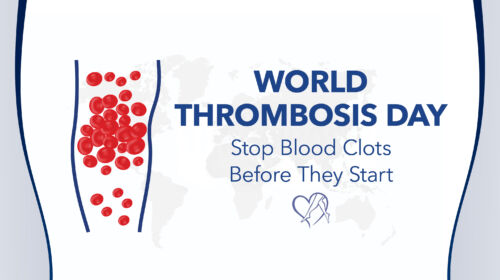
World Thrombosis Day: Stop Blood Clots Before They Start
Learn why World Thrombosis Day on October 13 is vital for raising awareness about blood clots, DVT, and pulmonary embolism. Discover key risk factors, symptoms, and prevention tips, and see why consulting a board-certified vein specialist at Center for Vein Restoration, the nation’s leader in vein and blood clot care, is essential for protecting your health and reducing your thrombosis risk.

What Are Blood Clot Disorders?
This medically reviewed blog explains what blood clot disorders are, how they relate to vein disease, and why early diagnosis is important. It covers common conditions like DVT, VTE, and phlebolymphedema, along with their symptoms, risks, and prevention strategies. Readers will also learn how Center for Vein Restoration vein specialists provide advanced diagnostics and treatments to protect circulation and long-term health.
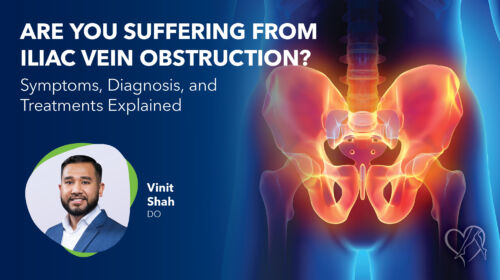
Are You Suffering From Iliac Vein Obstruction? Here’s What You Need to Know
This blog explores iliac vein obstruction (May-Thurner syndrome), a condition in which the pelvic veins are compressed, reducing blood flow from the legs. It outlines symptoms like swelling, heaviness, varicose veins, and pelvic pain, stressing the importance of early diagnosis to prevent complications such as blood clots. The article reviews modern diagnostics, minimally invasive treatments like venous stenting, and underscores the value of seeing board-certified vein specialists at Center for Vein Restoration, which offers same-day DVT rule-out services and accessible, expert vein care.

Does DVT Pain Come and Go?
This blog explains how pain from deep vein thrombosis (DVT) may vary in intensity, sometimes seeming to come and go, and why that can make the condition tricky to recognize. It highlights common symptoms, the importance of not ignoring intermittent leg pain, and when to seek medical attention.

A Pitcher’s Shoulder Blood Clot Puts Leg Vein Health in the Spotlight
Philadelphia Phillies pitcher Zack Wheeler’s recent blood clot highlights just how serious vein problems can be. While his clot was in the arm, most blood clots occur in the legs as deep vein thrombosis (DVT), a dangerous condition linked to varicose veins, spider veins, and chronic venous insufficiency. This blog explains what causes blood clots, how to recognize the warning signs of DVT, and why early evaluation by a board-certified vein doctor at Center for Vein Restoration is essential.

6 Ways to Reduce Your Risk of Deep Vein Thrombosis
Deep vein thrombosis (DVT) is a dangerous condition that can lead to serious complications like pulmonary embolism (PE), especially for those with varicose veins, spider veins, or chronic venous insufficiency. In this blog, Center for Vein Restoration (CVR) outlines practical tips to lower your DVT risk. You'll also learn about CVR’s specialized DVT rule-out service and why early evaluation by a board-certified vein doctor is essential. Don’t ignore leg pain or swelling. Schedule a consultation at one of CVR’s 115+ nationwide vein centers today.
 About Vein Disease
About Vein Disease
 Spider Veins
Spider Veins
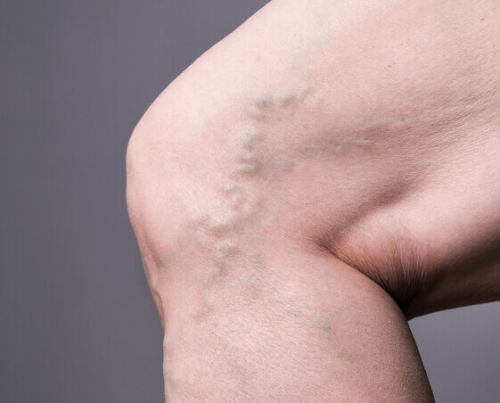 Varicose Veins
Varicose Veins
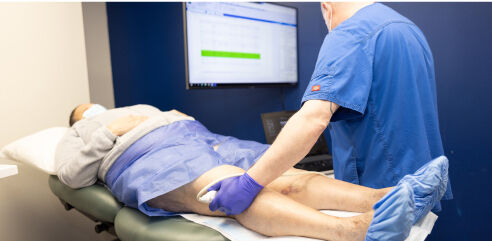 Vein Disease Treatments
Vein Disease Treatments
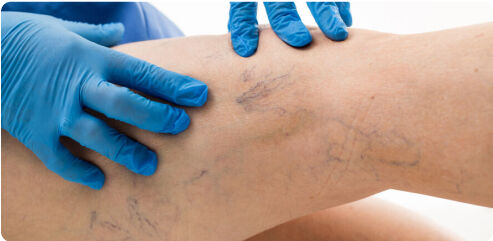 Treating Spider Veins
Treating Spider Veins
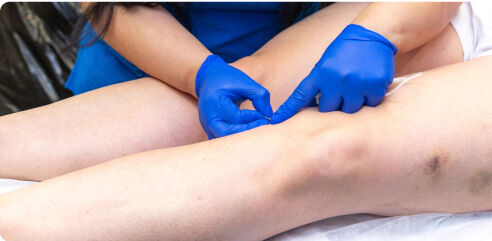 Treating Varicose Veins
Treating Varicose Veins
 About Us
About Us
 Patient Resources
Patient Resources
 Physician Resources
Physician Resources

